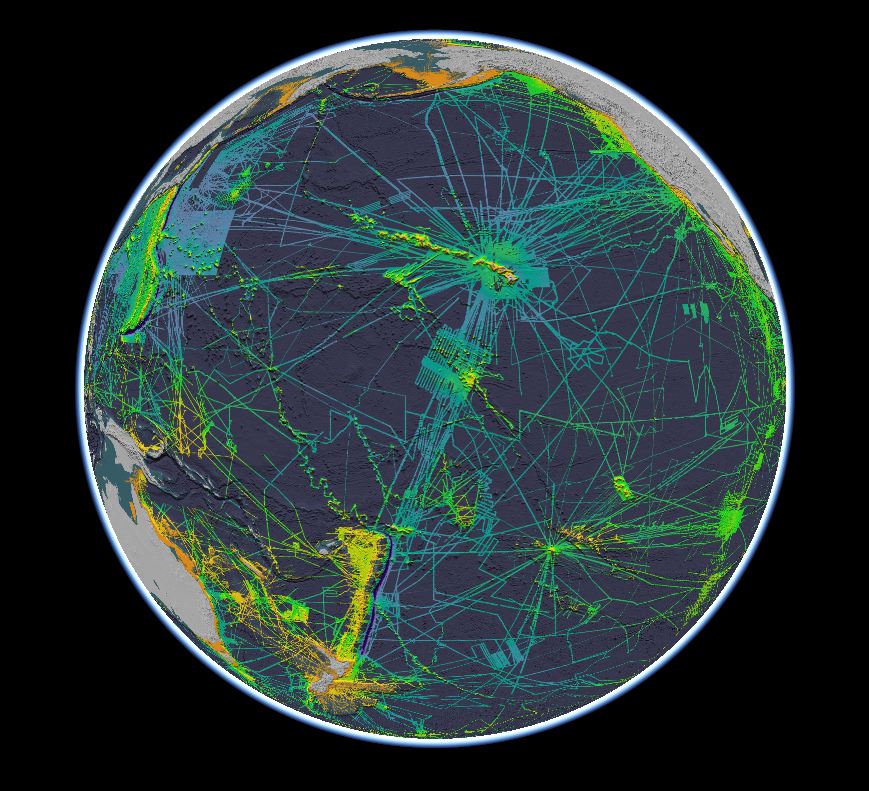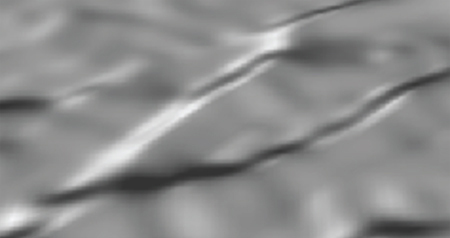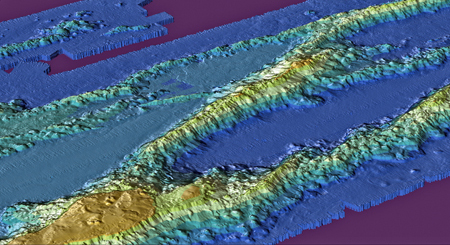Bathymetric Globe
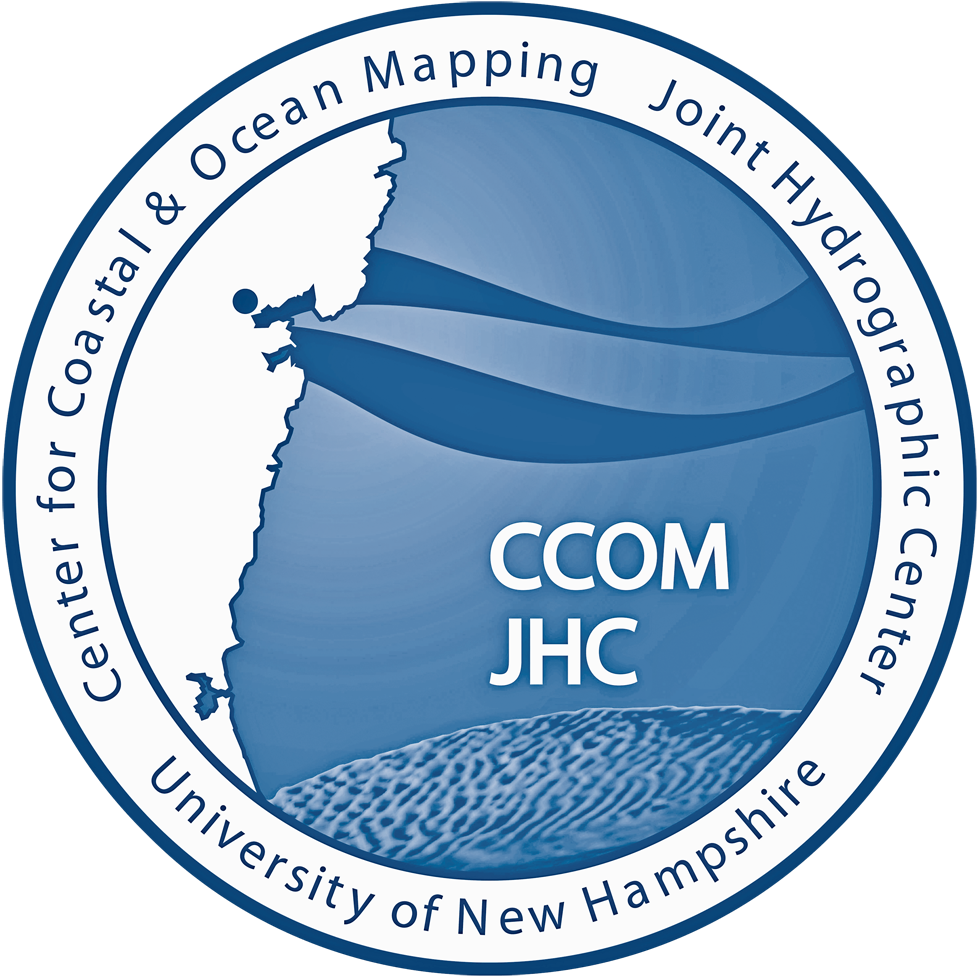
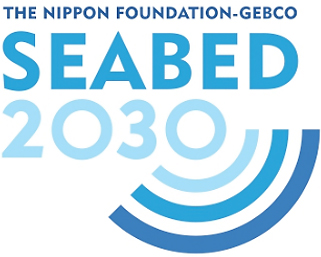 Bathymetry is the measurement of water depths. This Bathymetry Globe (BathyGlobe) shows those areas of the ocean that have been accurately mapped using the technology of multibeam echosounders and for which the data are publicly available. As of 2020, this represents only about 20% of the world’s ocean depths.
Bathymetry is the measurement of water depths. This Bathymetry Globe (BathyGlobe) shows those areas of the ocean that have been accurately mapped using the technology of multibeam echosounders and for which the data are publicly available. As of 2020, this represents only about 20% of the world’s ocean depths.
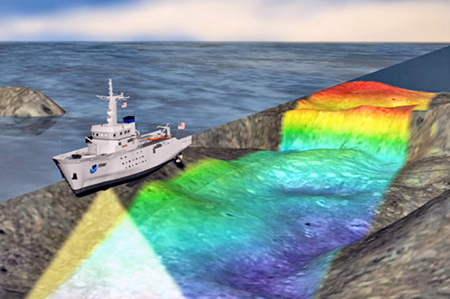 A multibeam echosounder uses a fan of focused sound beams to map the seafloor. There can be hundreds of beams in the fan resulting in a detailed map of the bottom of the ocean.
A multibeam echosounder uses a fan of focused sound beams to map the seafloor. There can be hundreds of beams in the fan resulting in a detailed map of the bottom of the ocean.
Click here to access the BathyGlobe
When you look at a globe it may seem that the whole world has been mapped; in fact, most of it has only been estimated from sea surface height measurements made by satellites. The sea surface is shaped by gravitational pull from underlying features such as seamounts and ridges. An example of the seafloor estimated in this way is shown on the right. While this provides a useful overview, you can see that the view is fuzzy and relatively inaccurate.
When multibeam echosounders are used to map the same area, the result is far more detailed and accurate as shown in this second image on the right. With this level of detail, bathymetric data can be used for understanding how and where currents flow (which is essential for climate modeling), identifying deep-sea hazards, predicting tsunami and storm surges and a range of other critical applications.
The Nippon Foundation-GEBCO Seabed 2030 project has the goal of mapping the oceans of the world by the year 2030. It is an enormous undertaking. The oceans cover 70% of the globe and 80% of its seafloor remains to be mapped—about 362 million square kilometers.
Here are some useful links to learn about ocean mapping:
-
The Center for Coastal and Ocean Mapping, University of New Hampshire (www.ccom.unh.edu)
-
The Nippon Foundation-GEBCO Seabed 2030 Project. The data grids can be found here. (https://seabed2030.org/)
- Wikipedia page on multibeam echosounders. (https://en.wikipedia.org/wiki/Multibeam_echosounder)
The online BathyGlobe was developed by the Center for Coastal and Ocean Mapping at the University of New Hampshire. In addition to the web BathyGlobe, there is a more capable version designed for use with a large touchscreen in museums and other public spaces. This shows the bathymetry in 3D. For more information about the project contact: cware@ccom.unh.edu.

